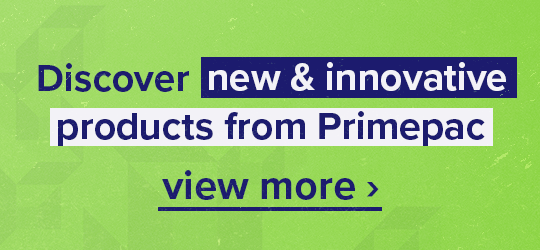
Are you keeping up with the recent updates in the food packaging industry? Are you prepared for the next instalment of the plastics ban?
Standards for food packaging are constantly changing, with innovations and regulations always being introduced to the market. In this article, we explore the latest trends in food safety packaging and discuss what is on the horizon for the food packaging industry.
The role of food packaging
Food safety and preservation
One of the main purposes of food packaging is to ensure food safety by preventing any environmental contamination and including labels and date markers. Effective food packaging helps consumers make informed decisions about the freshness and quality of the product.
Information
Labels on food packaging are a great opportunity to display nutritional information, ingredient lists, allergens, warnings, and cooking instructions. It can also contribute to branding and marketing efforts by showcasing designs or promoting special deals.
Convenience
Convenient food packaging allows consumers to transport, store, and consume it. The level of convenience will depend on the product and target market.
Tamper prevention
Food packaging can help minimise the risk of tampering and contamination. For example, you may include colour-changing elements that indicate when a package has been pierced and exposed to the air.
Challenges in food packaging
Balancing viability and consumer demand
As consumer demands evolve, businesses must strike a balance between product quality, food safety, convenience, cost, and sustainability. In the Sustainable Business Model, you need to take all three of the following three factors into account — environmental sustainability, social sustainability, and economic sustainability.
While each of these factors is vital in its own right, they must be considered in relationship with each other.
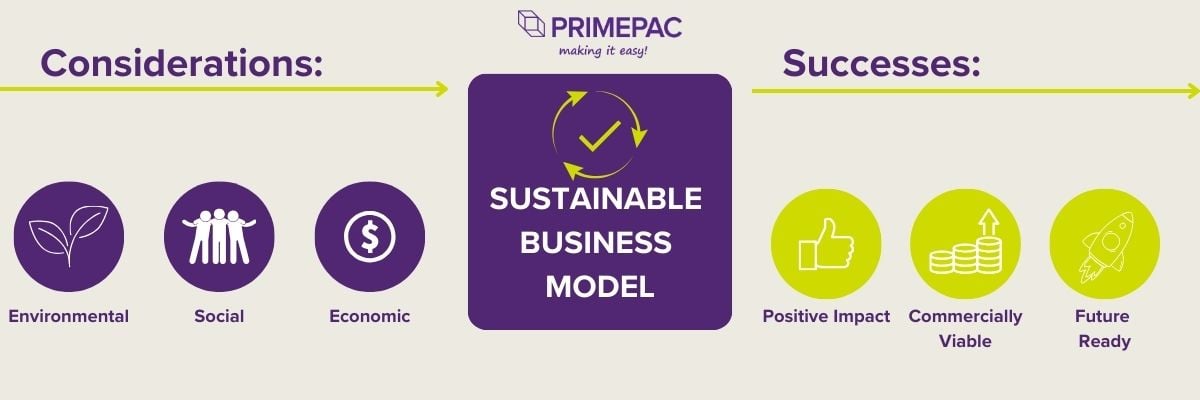
Plastics ban
By mid-2025, most hard-to-recycle plastics will be phased out by the New Zealand plastic ban. In 2022, PVC meat trays, polystyrene takeaway packaging, EPS grocery packaging, plastic drink stirrers, plastic cotton buds, and oxo-degradable and photo-degradable products were banned. In 2023, all single-use plastic produce bags, plastic straws, produce labels, and plastic plates, bowls, and cutlery were also phased out.
In 2025, all other PVC and polystyrene food and drink packaging will be phased out. Common examples include PVC biscuit trays and containers or polystyrene food pottles. Alternatives for these items include reusable packaging, paper recycling, or recyclable packaging with codes 1, 2, or 5.
Food packaging trends and innovations
Smart packaging
By incorporating sensors, scannable codes, and other technologies, smart food packaging makes it easy to monitor freshness, temperature, and more. By leveraging these tools, you can maximise your product’s lifespan and quality, ensuring it is still at its best when it reaches the consumer.
Custom food packaging
Customised packaging is increasingly popular with companies that want to add a touch of branding or include a special message on their product packaging. This enhances the overall customer experience and helps brands distinguish themselves in a competitive market.
Sustainable food packaging
With markets, takeaways, and supermarkets so reliant on single-use plastic items, the new ban will be a significant adjustment for businesses and consumers. Fortunately, paper food packaging and plant-based plastics have made it more achievable and our range has everything you need, including:
Download our sustainable packaging catalogue to find everything you need.
Food packaging NZ
Plastic food bags
These lightweight plastic bags are available in a range of sizes for multi-purpose use. With perforations allowing the products to breathe, it’s easy to keep your products fresh.
Vacuum bags
Our vacuum bags are made of laminated poly nylon, providing excellent barrier protection and locking out moisture. These transparent airtight pouches are ideal for packaging meat and other small food items.
Food wrapping films
Our food wrap is designed to protect and enhance fresh food in supermarkets, butchers, bakeries, takeaway bars, cafeterias, and delicatessens.
Soak pads
These soak pads are designed to absorb excess moisture from foods, such as fruit, vegetables, meat, or seafood. Utilising a super absorbent polymer and backing material to remove any extra moisture, soak pads ensure the product still looks its best when it reaches the end-consumer.
Scouring pads
Our green scouring pads are perfect for cleaning in food processing plants, with a superior coating that reduces grit fall-out.
Nitrile gloves
Our black nitrile gloves are made from 100% nitrile rubber, which is perfect for food handling applications. They also have incredibly high puncture resistance and superior chemical resistance.
Carton liners
Our high-density plastic carton liners help prevent leakage and protect your meat, fish, poultry, or other food products.
Maxibin liners
Our leak-proof Maxibin Liners are available in 100 microns or 150 microns. They are ideal for bulk bin liners where meat and food are being transported and can also be used as heavy-duty pallet bags.
For more food packaging recommendations and products, check out our full range.











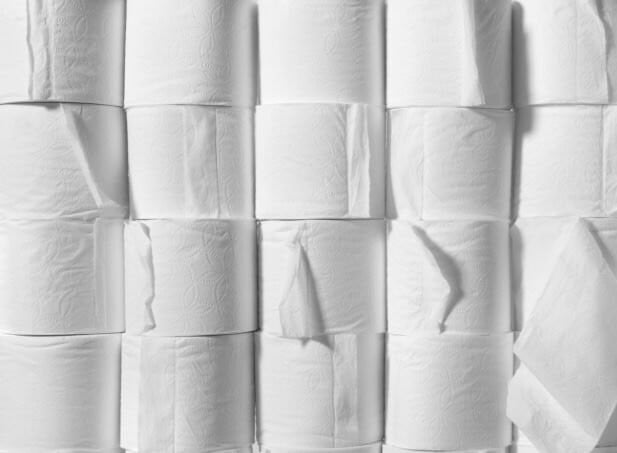
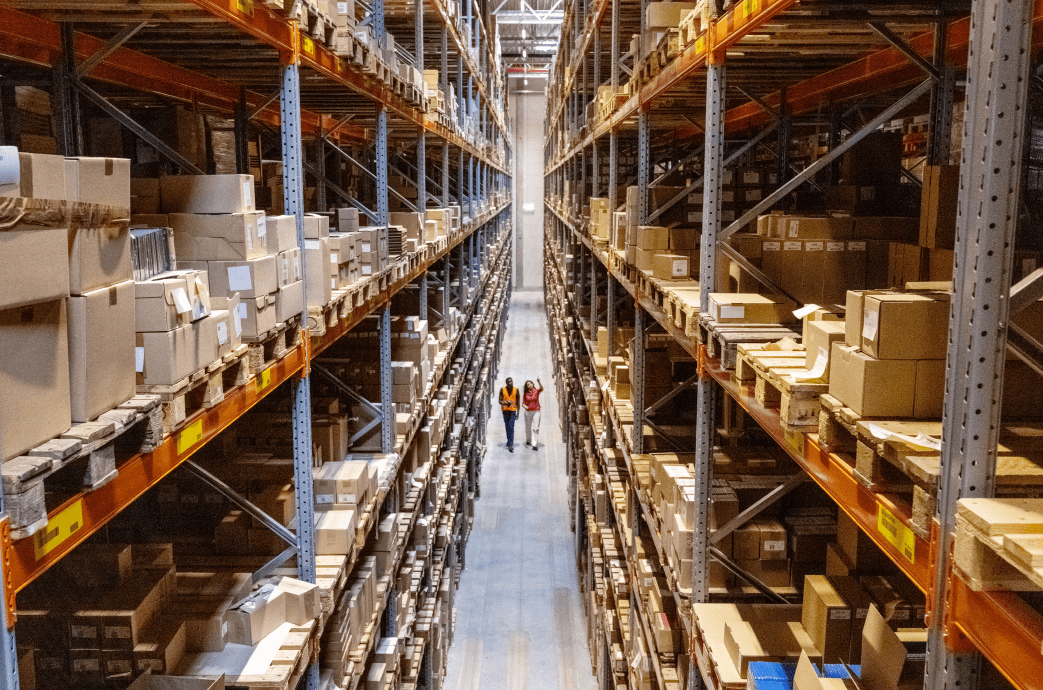
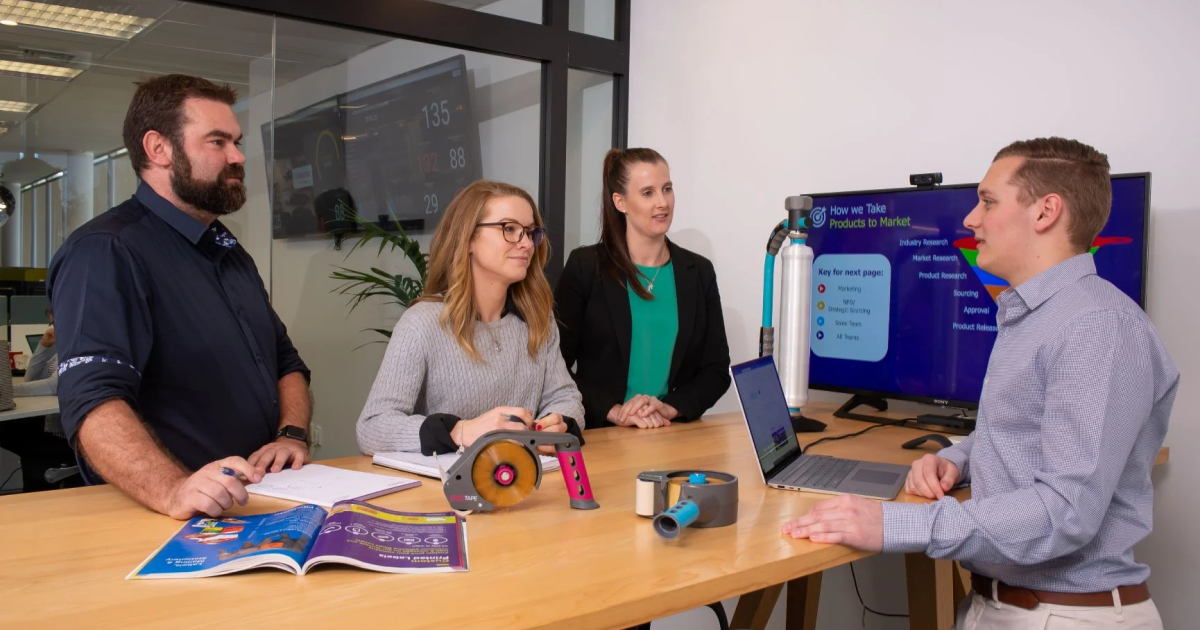
.png)
